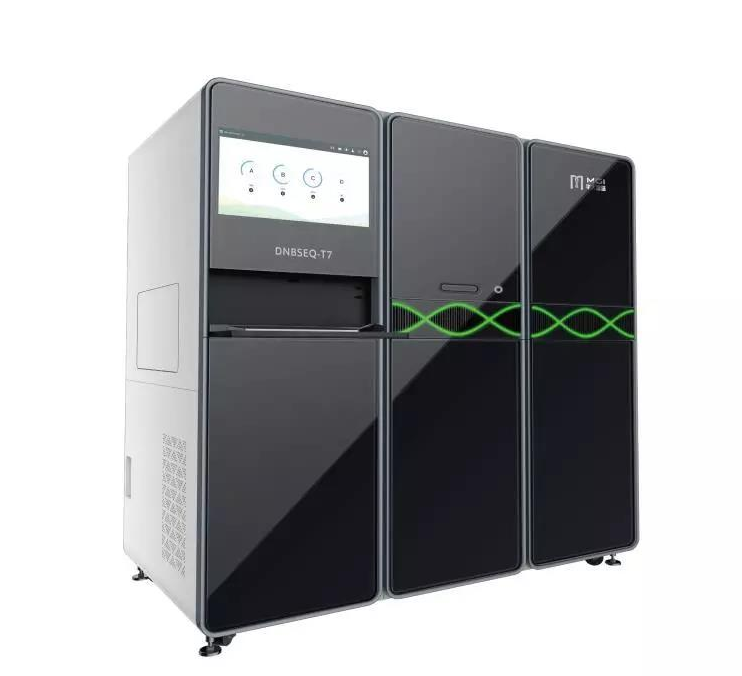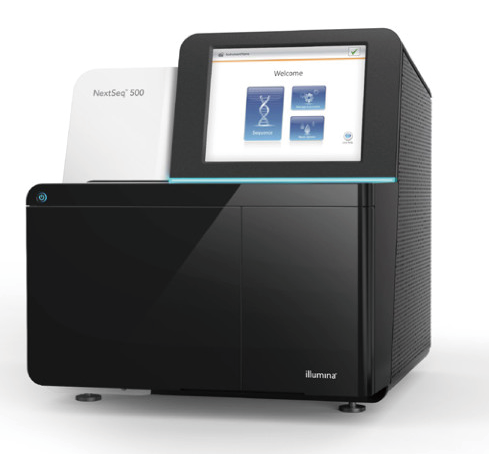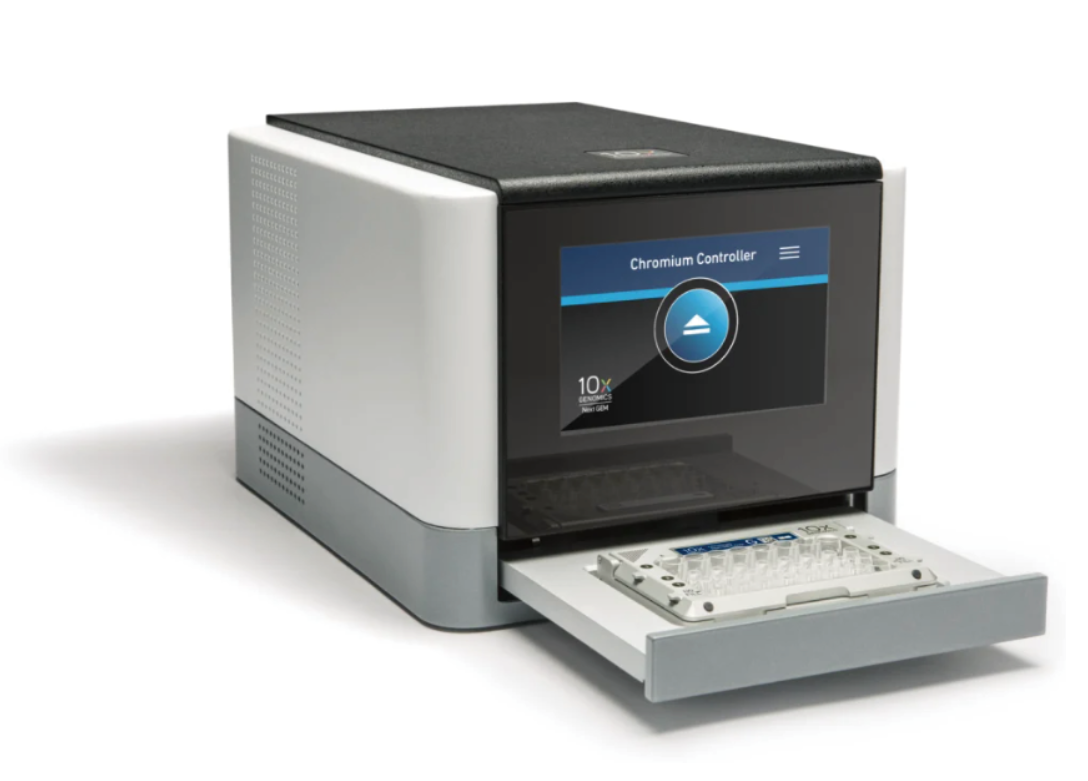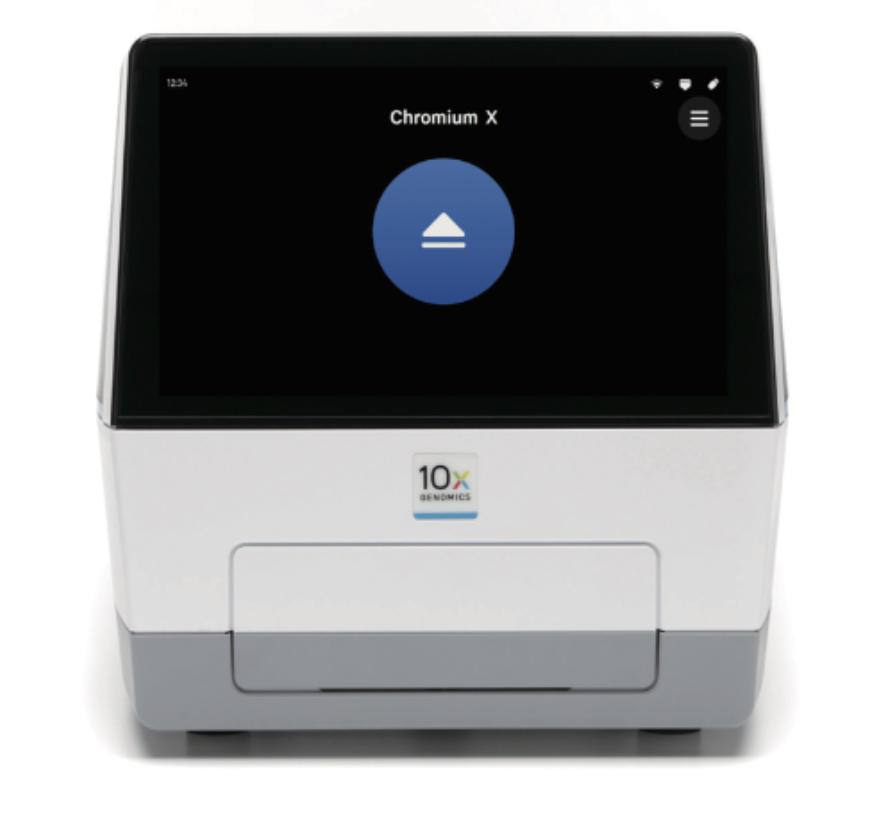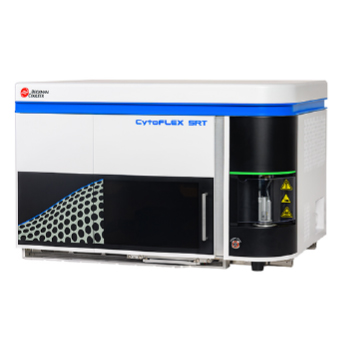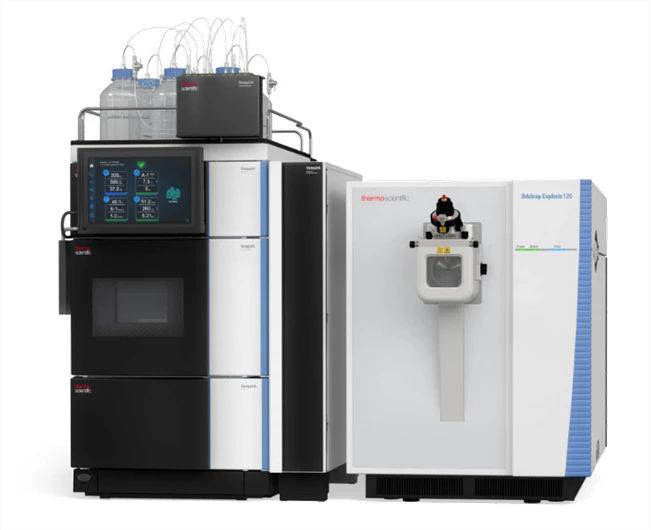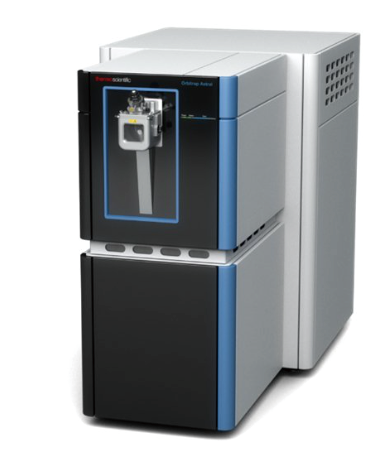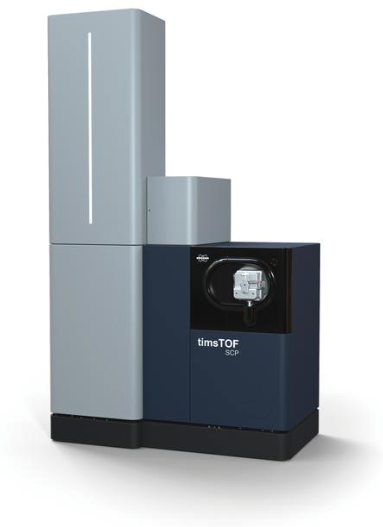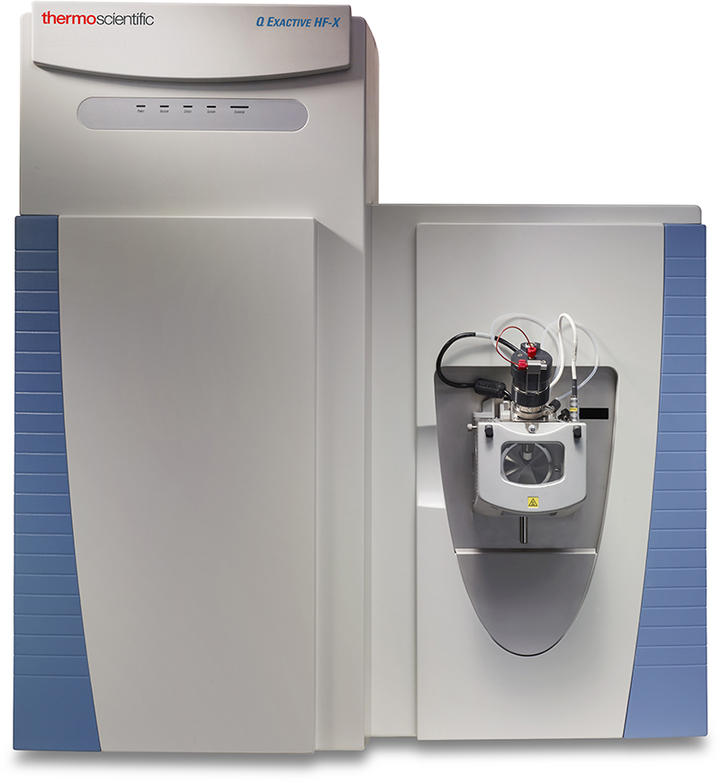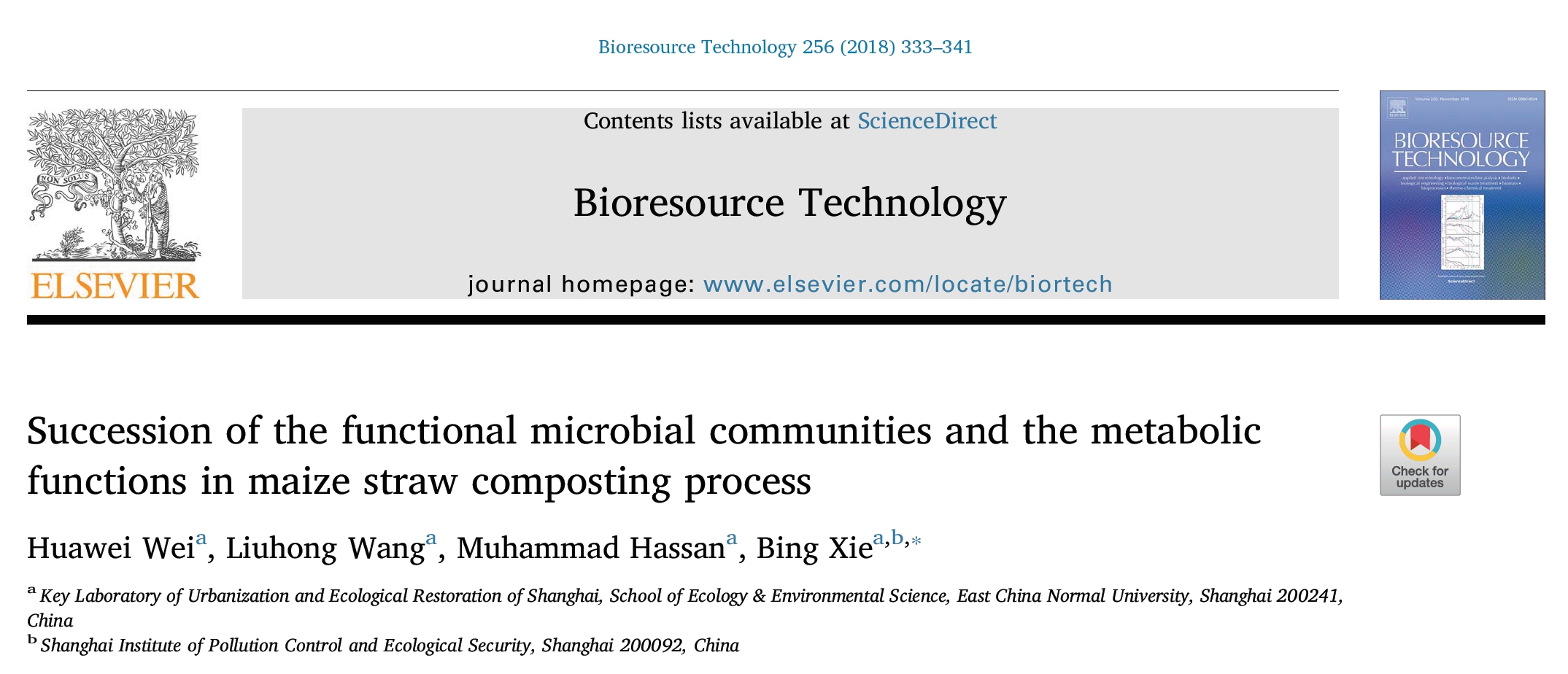
Abstract
Illumina MiSeq sequencing and phylogenetic investigation of communities by reconstruction of unobservedstates (PICRUSt) were applied to study the dynamic changes and effects of microbial community structures aswell as the metabolic function of bacterial community in maize straw composting process. Results showed thathumic acid contents in loosely combined humus (HA1) and stably combined humus (HA2) increased aftercomposting and Staphylococcus, Cellulosimicrobium and Ochrobactrum possibly participated in the transformationof the process. The bacterial communities differed in different stages of the composting. Firmicutes,Proteobacteria, Bacteroidetes and Actinobacteria were reported the dominant phyla throughout the process and therelative abundance of the dominant phyla varied significantly (p < 0.05) over time. Moreover, the totalphosphorus (TP) had the greatest influence on the microbial community structure among C/N ratio, availablephosphorus (AP) and humic substances. Metabolism, cellular processes and environmental information processingmight be the primary functions of microbial community during the composting.
text link :https://www.sciencedirect.com/science/article/pii/S0960852418302347




